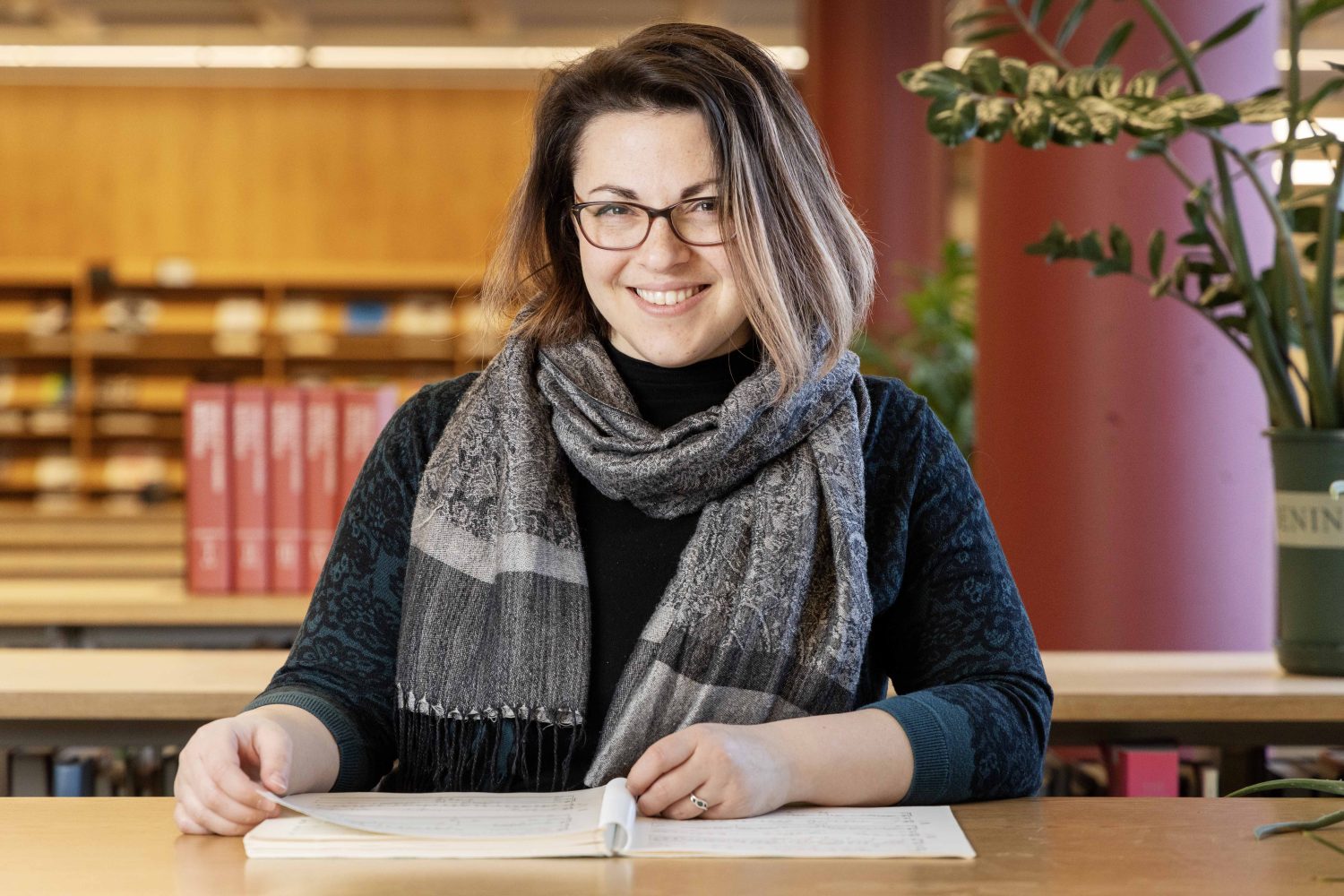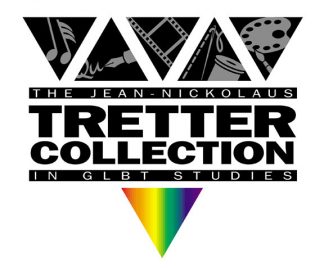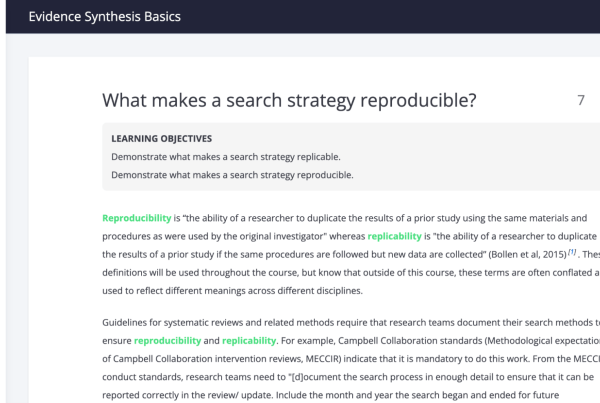Say you’re conducting research for a class, project, or dissertation, and you need access to a particular set of materials. Perhaps you search the Libraries website, consult with a subject librarian in your discipline, or fill out an Interlibrary Loan request. No matter how rare, recent, or obscure the materials might be, the Libraries are here to help.
But what happens behind the scenes? How do Libraries staff fulfill these requests, enabling users from across the University to access the resources they need?
As it turns out, each request involves the care and attention of a cadre of devoted and highly knowledgeable Libraries staff.
Tracking down “Hamlet: An Opera in Two Acts”
In the summer of 2022, Elena De Stasio Stabile, doctoral candidate in the University’s musicology department, was completing her thesis in operatic adaptation. She has a Bachelor of Arts in English literature, and also works as a professional singer; she was excited by the opportunity to dive into her research and braid together these long standing interests. Her sights were fixed on a recent operatic adaptation of “Hamlet” by Australian composer Brett Dean, which premiered in 2017 at Glyndebourne Festival, an annual opera festival in East Essex, England.
Elena first encountered the opera in 2022, after watching a live broadcast of the performance at the Metropolitan Opera in New York City. She was in the second year of her three-year graduate program at the time. As soon as she saw the performance, she said, “everything clicked into place.”
In order to dive into her research, it wouldn’t be enough to watch a broadcast — she’d need firsthand access to materials, including Dean’s full orchestral score. So, she consulted with Music Librarian Jessica Abbazio. While Elena was no stranger to the Libraries — she’d been checking out books throughout her graduate program — tracking down these materials proved a bit more challenging.

Elena De Stasio Stabile. (Photo/Adria Carpenter)
Interlibrary Loan
As it turned out, only two other libraries in the country had a copy of the full orchestral score: the New York Public Library (NYPL), and the University of Chicago. The NYPL’s copy was non-circulating, meaning it couldn’t be borrowed; the University of Chicago’s copy was so new that it hadn’t yet been processed or bound.
Here’s where the behind-the-scenes work of Libraries staff came into play.
Elena first reached out to the publisher directly to inquire about purchasing the score herself, only to find that it would cost upwards of $2,000. So, Elena consulted with Jessica, who worked with Alice Welch, now-retired Interlibrary Loan and Digital Delivery expert. Together, they collaborated with two University of Chicago colleagues to rush catalog the score for Elena: André Wenzel, Bibliographer for Literatures of Europe and the Americas who was also supporting music studies, and Erica E. Myles, Head of Interlibrary Loan Lending. This was made possible in part by a recent initiative across the Big Ten Academic Alliance (BTAA) to harmonize the collections of all Big Ten university libraries.
“If you think of [the BTAA] as one library and one collection, it would make us the third largest library in the world,” explained Melissa Eighmy Brown, Director of Content Acquisition & Delivery.
Through their efforts, Jessica and Alice were able to borrow the score from the University of Chicago — before it had even been bound. But the work didn’t stop there.
From Germany to Minnesota
While the orchestral score was undeniably key for Elena’s research, this wasn’t the only resource she needed. “The score is a really big part of being able to unpack an opera,” explained Elena, but “it’s not the only part. I was really keen in my project to avoid the trap of the score being the be-all and end-all of what the work is.”
In order to help Elena gain as rich and dynamic a perspective on the operatic adaptation as possible, Jessica worked with other Libraries staff to obtain not just the piano-vocal score, but also the libretto, which contained unique information that wasn’t present in the score.
Because these materials couldn’t be borrowed through Interlibrary Loan, the request was routed to the Libraries’ Acquisitions and Rapid Cataloging department, which works with vendors across the world to purchase materials for the University of Minnesota Libraries. In this case, Grace Lilyerd, Collections and Acquisitions Specialist, worked with a vendor in Germany to print the materials on demand.
Access to all of these materials enabled Elena to push her project into new and unexpected places, and to deepen the quality of her analysis.
Access to materials is a top priority
Elena’s story underscores the complexity and professionalism of the behind-the-scenes work happening every day — and in nearly every corner — at the Libraries.
“It’s a lot more complicated than people imagine,” said Lichun Shen, Monograph Acquisitions Specialist, of the process of obtaining materials like these. Though our librarians are experts at rushing things, requests like these have to go through so many different steps — from securing a vendor to purchasing to shipping, receiving, and cataloging.
The impact of this work reaches far beyond the University community. Minitex is a state-funded library organization housed at the University of Minnesota. Experts at Minitex support libraries across the state — as well as in South Dakota, North Dakota, Wisconsin, and beyond — by sharing materials and providing users with access to information regardless of their location.
“Our whole purpose is to provide resources when people need it,” noted Julie Rashid, Acquisitions and Rapid Cataloging Manager. “We place a high priority on [requests] — it’s very important to us.”




